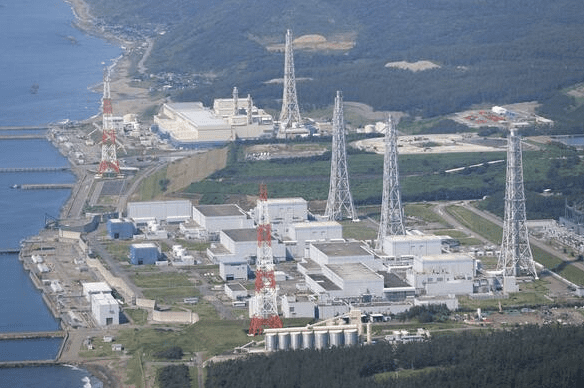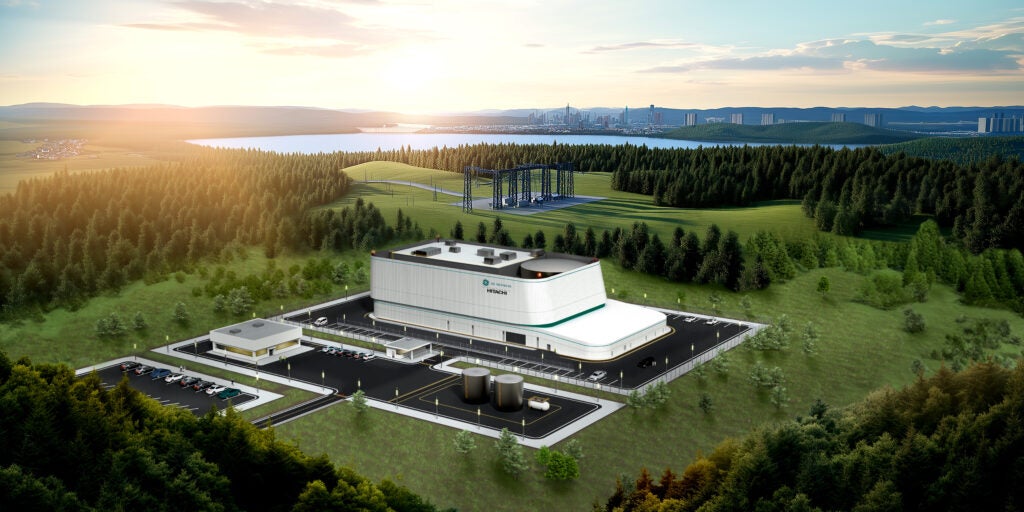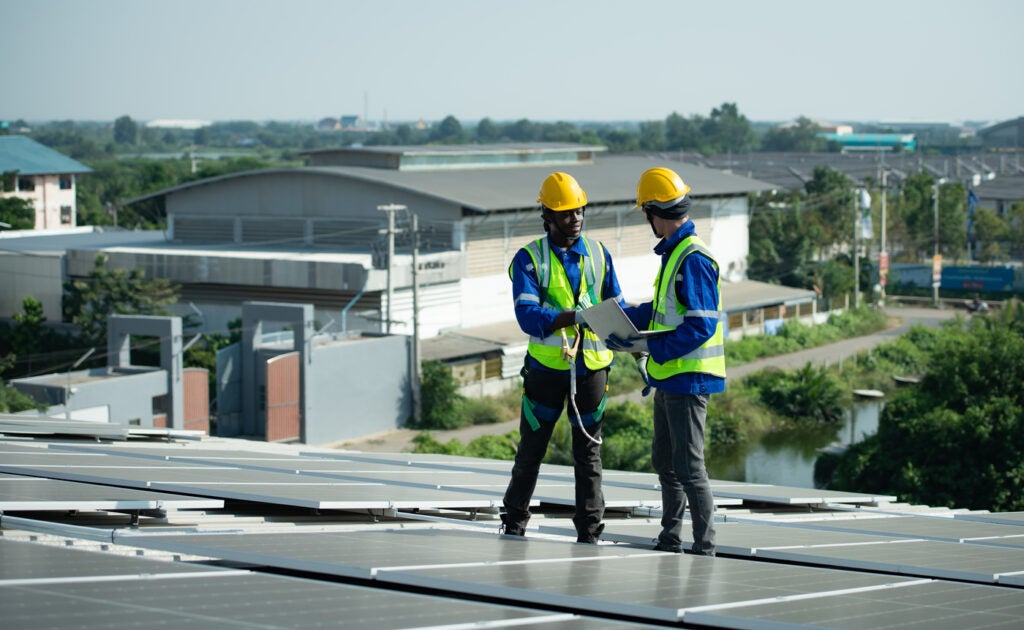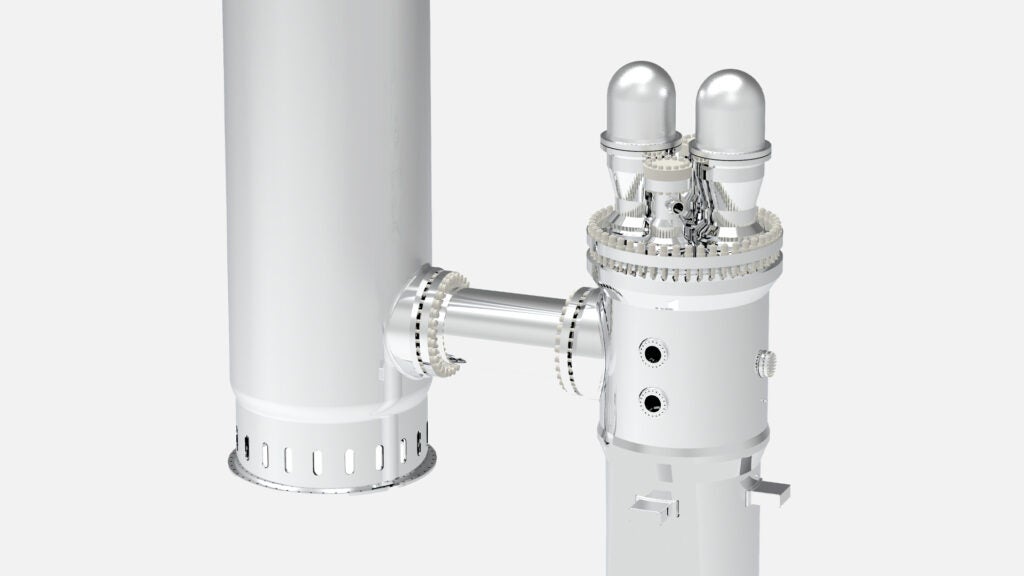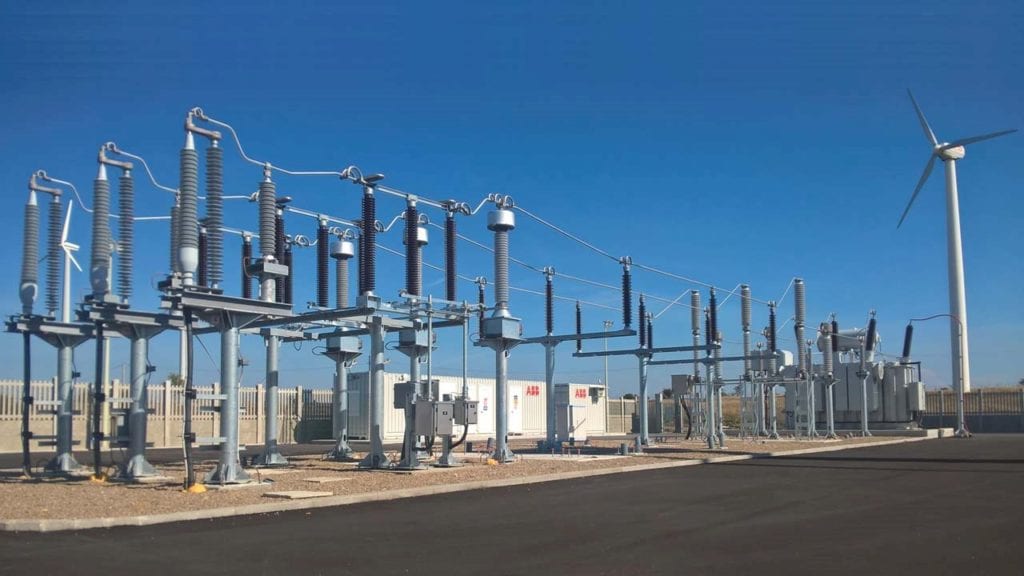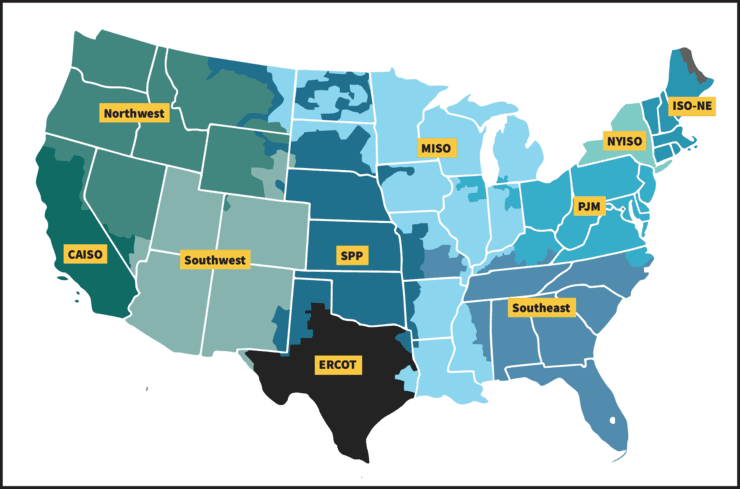The Southwest Power Pool (SPP) regional transmission organization (RTO) is joining with energy technology company Hitachi on development of what the groups say is an artificial intelligence (AI)-based solution to support power transmission reliability and flexibility challenges.
SPP and Hitachi on June 5 said the technology enables “end-to-end use of industrial AI and advanced computing infrastructure to help significantly speed up safe integration and use of additional energy sources supporting central U.S. power grids.”
The groups on Thursday noted five of the most-important items supported by their partnership:
- Initial partnership objectives are to reduce generator interconnection analysis times by 80% while facilitating more informed decision-making.
- Objective to be achieved via advanced AI solutions from Hitachi, powered by AI-computing company NVIDIA’s accelerated computing platform.
- Integrated solution comprised of multiple Hitachi capabilities including an AI-based power simulation algorithm, Hitachi-iQ-accelerated calculations, augmented simulation modelling, predictive analytics, as well as design and engineering services.
- Wide-ranging impacts to address imminent U.S. energy infrastructure needs by increasing planning processes’ speed and efficiency, and enabling SPP to better resolve energy capacity shortages, increase grid reliability, and improve emergency response capabilities.
- Subsequent partnership objectives to address alternative energy integration challenges and power transmission constraints.
“Our nation’s demand for electricity has risen sharply in recent years following a long period of slow growth. Our industry has struggled to keep up with this sudden and significant shift,” said SPP president and CEO Lanny Nickell. “There are a lot of would-be power producers out there waiting to connect to the grid, but yesterday’s systems and technology haven’t been sufficient to enable us to bring incremental capacity online fast enough. It’s time to fix that, and SPP is proud to work with Hitachi and NVIDIA, two AI industry leaders who have the means to help realize a vision of a better energy future for our nation.”
The groups said their partnership would produce an integrated AI-based solution that would accelerate power generator grid interconnection “by reducing study analysis times by 80% while also informing faster, higher-quality decision-making by [grid interconnection] customers. This will markedly improve SPP’s ability to facilitate the addition of its 14-state region’s generating capacity to keep pace with increasing demand for electricity.”
SPP, noting increased energy demand from data centers, manufacturing, and electrification, has said generating capacity margins in the RTO’s territory could fall from 24% percent in 2020 to just 5% in 2029, absent measures to increase the power supply and optimize the grid.
Energy analysts have said technical innovation is key to grid upgrades, beginning with supporting grid interconnection. SPP and Hitachi said the U.S. could more than double its present 1.28 TW of power generation by clearing the backlog of interconnection requests, which in part is due to the analysis and simulation required to ensure new connections do not destabilize or otherwise have a negative impact on the grid.
The groups said their partnership will draw on expertise from Method’s design services; GlobalLogic’s software engineering services; Hitachi Energy’s energy portfolio management asset modeling solutions; Hitachi R&D’s AI-based energy grid algorithm; and Hitachi Vantara’s integrated storage and compute platform Hitachi iQ, built on NVIDIA accelerated computing, networking, and AI software.
SPP will guide integration of these technical solutions and services, and ensure the project outcomes align with industry-wide requirements and regulations. The companies said the integrated solution “is an industrial AI system differentiated by its advanced proprietary AI algorithms and high performance enabled by Hitachi iQ’s enterprise AI solution stack which sit at its core.” AI-driven technologies ultimately will be applied to various study areas, including process automation, predictive analysis, and communication systems integration.
The partnership with Hitachi and NVIDIA runs parallel to other improvements underway at SPP, including a from-the-ground-up reimagining of its transmission planning processes to align them with current and future industry needs. The companies said they expect their innovations will foster greater generator interconnection, mid- and long-term planning, long-term forecast accuracy, analysis, and deployment of additional grid-enhancing technologies, along with support for other services.
“This initiative is about reimagining the electricity production and distribution process through the lens of modern AI technology,” said Frank Antonysamy, chief growth officer for Hitachi Digital. “Real-time data access is needed to create truly realistic scenarios caused by new generator introductions. The AI solution we’re all developing will provide that data, among other advantages. SPP can then make significantly quicker, better-informed decisions that will increase overall ROI while better serving the nation’s population with accessible power. We’re proud to be a part of this important three-way collaboration addressing such a crucial problem.”
“Interconnection process acceleration is critical to meet the unprecedented demand on our grid,” said Marc Spieler, senior managing director of the Global Energy Industry at NVIDIA. “Using advanced NVIDIA accelerated computing and AI, Hitachi and SPP are helping speed interconnection studies to bring essential infrastructure online faster.”
The project’s phase one milestones are expected to be completed by this winter, and include initial systems acceleration, data management processes optimization, and the introduction of AI-augmented simulation modeling among other goals.
—Darrell Proctor is a senior editor for POWER.


